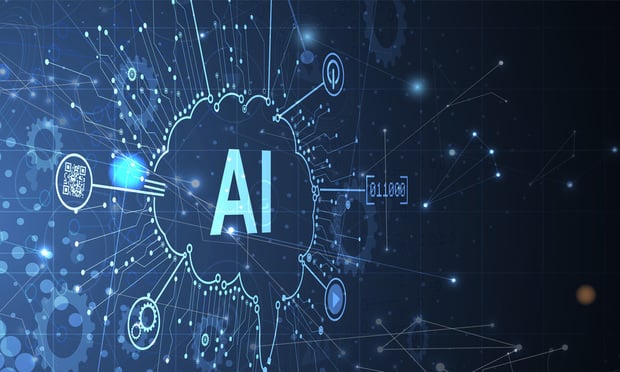Law.com Subscribers SAVE 30%
Call 855-808-4530 or email [email protected] to receive your discount on a new subscription.
Anatomy Of Trial Technology
It would seem these days that, with the proper technology, a case could go from start to finish without ever generating a piece of paper. What little paper exists is scanned in, annotated, organized, searched, retrieved and stored electronically, along with e-mail, word processing documents, spreadsheets, and all other digital data. Trial preparation includes EDD, online depositions, and real-time transcription. Briefs, motions, filings, and documents are all delivered electronically. Timelines and evidence are generated graphically, shown to jurors simultaneously on plasma monitors and a 6-foot screen. Documents are displayed the same way, with a skilled attorney or paralegal annotating, highlighting, and emphasizing on-screen. Witnesses are called in from all over the globe, testifying over live satellite links. CGI enhanced recreations of events educate and enliven jurors. No attorney would dare be seen lugging boxes of documents into a courtroom. But is this reality or still just a technology dream (or nightmare)?
In June 2004, the American Bar Association's Legal Technology Resource Center completed its annual technology survey, published in five parts. The Litigation and Courtroom Technology volume serves as a sobering background for those who crave a total technology trial. Firms are slowly embracing litigation technology, but there is still a long road to follow before the technology is ubiquitous. Courtrooms have yet to provide much technology in the way of hardware or software, citing expenses and implementation as key barriers. Many lawyers are hesitant to spend thousands, much less hundreds of thousands, of dollars on sophisticated hardware and software. So what are the courts and attorneys embracing, and what are they putting off for another day?

New York's Latest Cybersecurity Commitment
On Aug. 9, 2023, Gov. Kathy Hochul introduced New York's inaugural comprehensive cybersecurity strategy. In sum, the plan aims to update government networks, bolster county-level digital defenses, and regulate critical infrastructure.

The DOJ's Corporate Enforcement Policy: One Year Later
The DOJ's Criminal Division issued three declinations since the issuance of the revised CEP a year ago. Review of these cases gives insight into DOJ's implementation of the new policy in practice.

How AI Has Affected PR
When we consider how the use of AI affects legal PR and communications, we have to look at it as an industrywide global phenomenon. A recent online conference provided an overview of the latest AI trends in public relations, and specifically, the impact of AI on communications. Here are some of the key points and takeaways from several of the speakers, who provided current best practices, tips, concerns and case studies.

CLE Shouldn't Be the Only Mandatory Training for Attorneys
Each stage of an attorney's career offers opportunities for a curriculum that addresses both the individual's and the firm's need to drive success.


